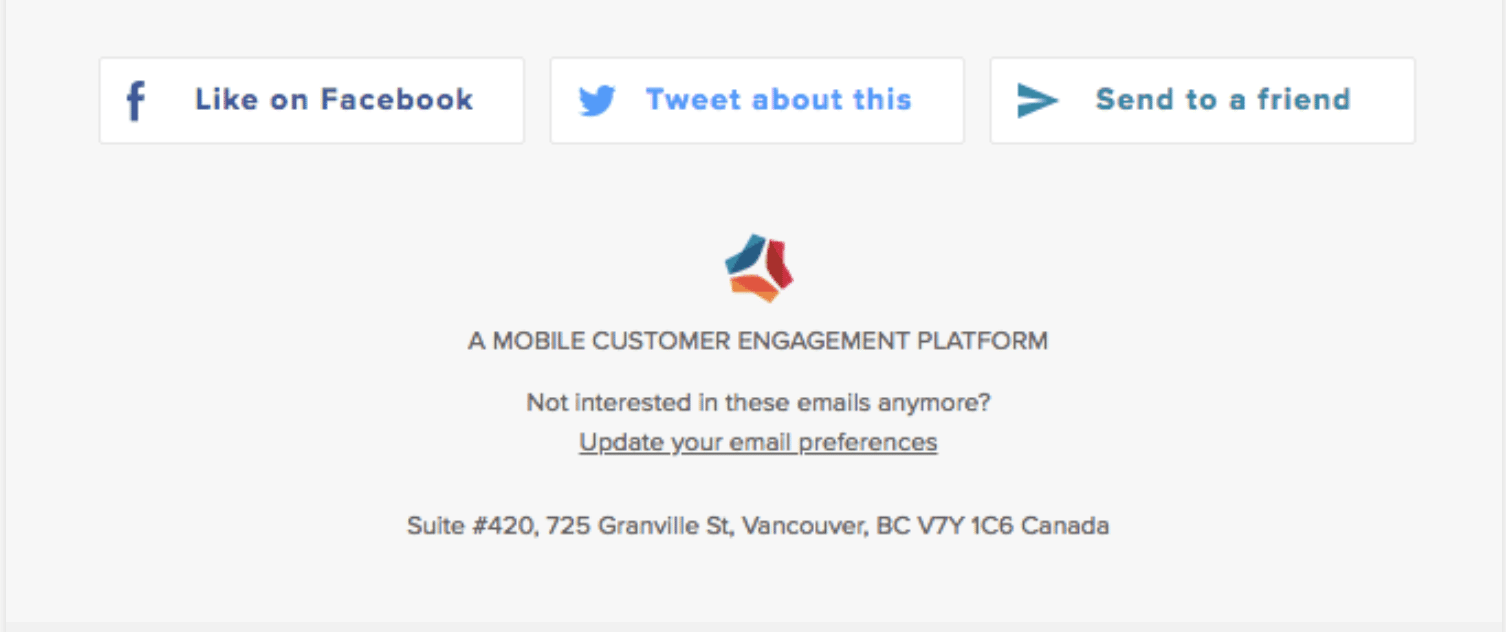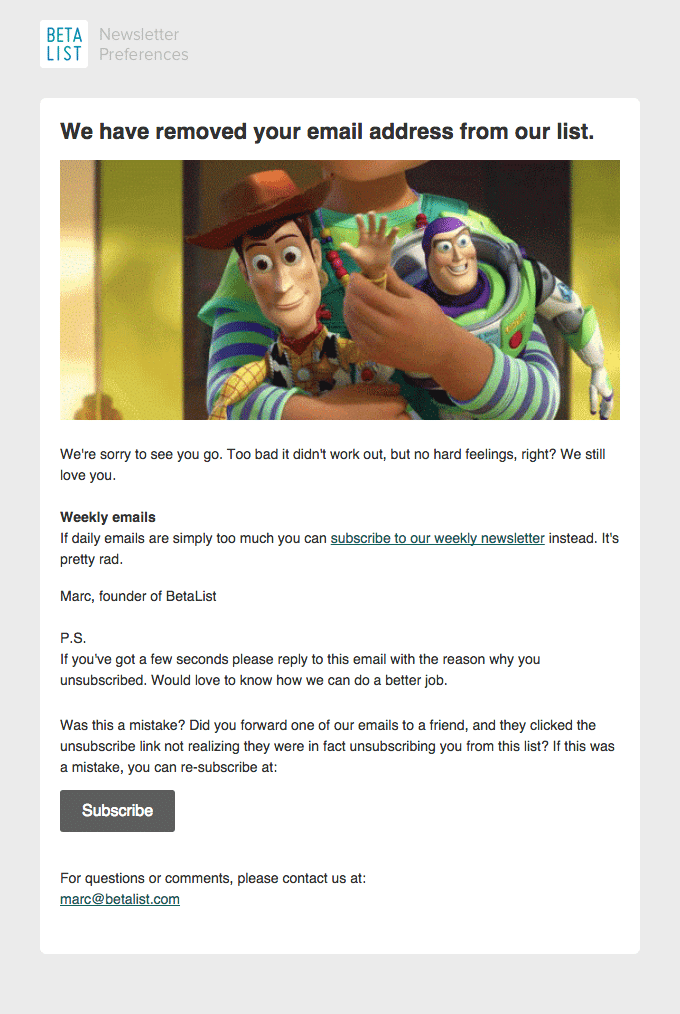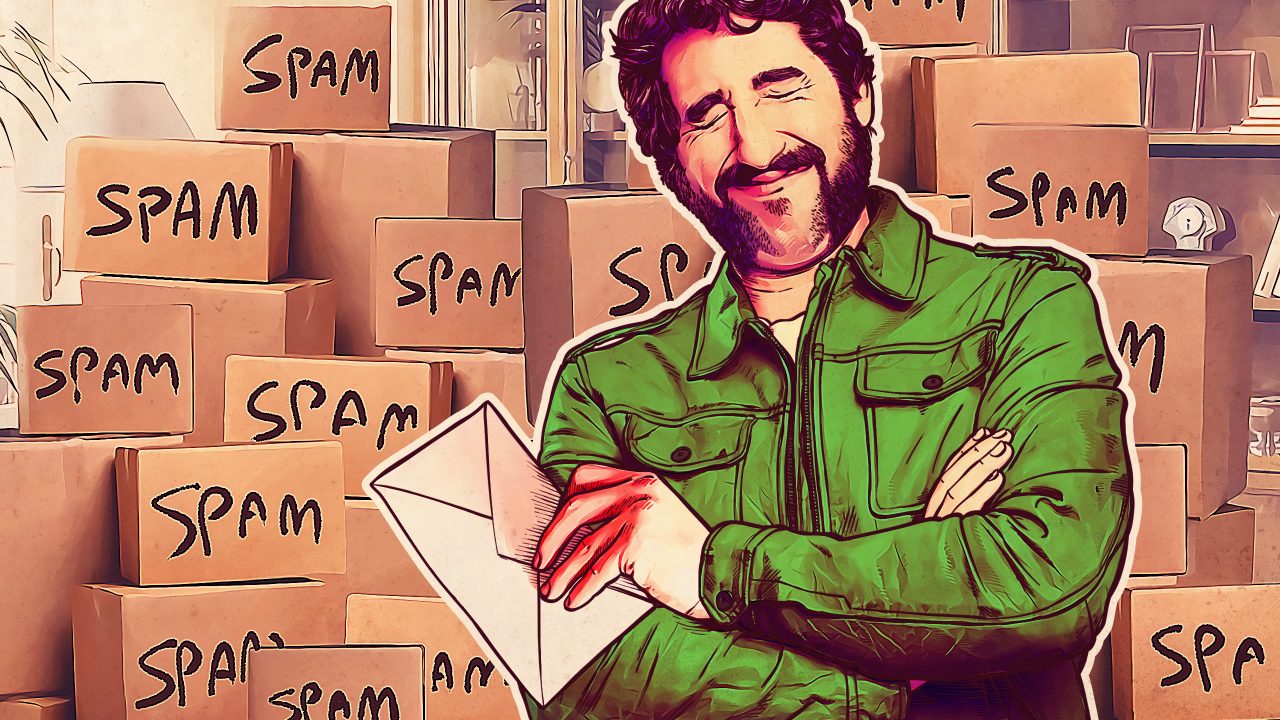3 Sneaky Ways You Might Be Spamming Your Email List
It’s easy to get caught up in gaining results from email and lose sight of the subscribers who are receiving your communications. When you consider your email strategies, are you certain you’re not spamming folks on your lists?
This essay will provide a summary of the top three ways you might be spamming your email list without even realizing it or understanding how it would harm your ROI. Spamming your list will ultimately waste your time and money in the long run.
Let’s go straight into some of the biggest spamming no-nos.
Using forged sign-ups
There are many methods for phony subscribers to get into your list. One of the more typical methods is if your company bought email addresses to add to your list.
While it may seem surprising that marketers would participate in such behavior, it is more prevalent than you may expect. Sometimes it’s not marketers that acquire lists, but founders, company operations, and other professionals who aren’t aware of the consequences.
There are various issues that arise from acquiring subscriber lists. These are their names:
- There is no assurance that the subscriptions you buy are genuine.
- Even if the email addresses are valid, there is no assurance that the recipients will be interested in your brand or content.
- It’s probable that the email addresses were acquired illegally, which may result in a $16,000 punishment per email sent. Yikes.
- When you send a message to a bought list, you may seem to be a spammer, and subscribers may label your email address as spam.
- Your response rates will fall precipitously.
- You’ll get into issues with your email provider, who may kick you from the site.
- Your brand’s and industry’s reputations will be devastated.
Purchasing an email list will increase the number of subscribers you have. However, advertising to individuals who are either not genuine or do not want to hear from you will not increase consumer loyalty or ROI.
Don’t do that when it comes to purchasing bogus subscribers.
Making it tough for subscribers to unsubscribe
You may believe that making it simple for individuals to unsubscribe would encourage them to do so as quickly as possible. However, the inverse is true. Giving subscribers the option to opt out if they so want develops confidence with your important clients.
To prevent seeming to be a spammer, add a prominent unsubscribe link. This link might show at the top, bottom, or inside the body of your email. You should also provide a page that certifies the unsubscription was successful to your viewers.
For example, if you are a huge brand, you most likely have one or more email lists, and clients may have registered to all lists rather than just one.
You may also send emails at various intervals. It’s possible that a subscriber just wishes to receive different messages from you or from you less often. When a subscriber hits “unsubscribe” or “change your choices,” give them the opportunity to opt out of certain lists or get communications from you less often.


Remember that the purpose of email marketing is to engage individuals who want to hear from you, not to trick readers into sending you messages. You are just taking additional steps to ensure your list is polished if you make it simple to unsubscribe and/or alter preferences.
Using terms that cause spam filters to kick in
Did you know that if specific terms appear in a subject line, most email systems will route your email to the spam folder?
You may have the greatest intentions as a marketer, but if your email subject line and/or text are spammy, your email will almost certainly never reach your readers’ inboxes.
The 455 spam terms to avoid have been put into a convenient list for your viewing enjoyment, but here are a few of the top words, phrases, and symbols to avoid:
- $$$
- 100%
- Only For
- Be astounded
- I can’t live without it.
- Call right now.
- Legal assertions
- Click
- Deal
- Increase your
- Free
- Additional earnings
- Amazing
- Free trial
- Great
- Hello
- Time is running out.
- Make $
- There is no charge.
- Now
- Once in a lifetime opportunity
- And there are many more!
Also, avoid writing in all capitals, attaching attachments, and putting too much copy in your emails.
A better choice for email copy is to utilize innovative and interesting text, A/B test your subject lines, integrate customization (for example, include a first name in the subject line and copy), keep the message brief, and choose a trustworthy email service provider.
Conclusion
Email marketing is one of the most effective strategies to contact consumers and get a high ROI. However, this is only true if you adhere to email marketing best practices and avoid participating in strategies that make you seem to be a spammer—even if you do so unintentionally.






Recent Comments